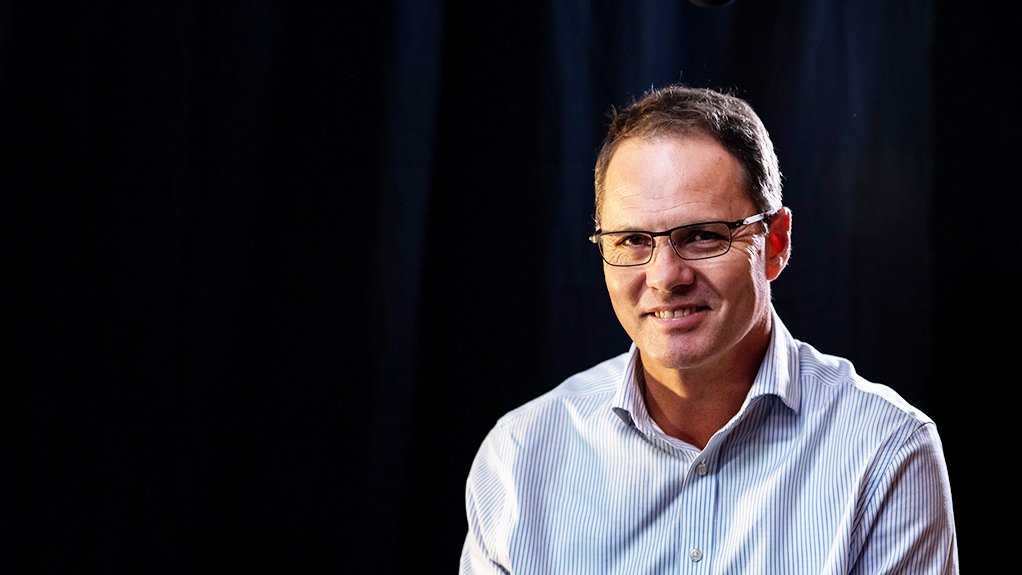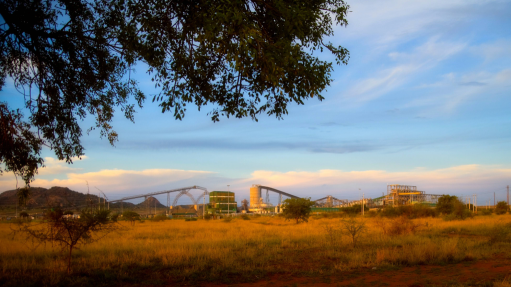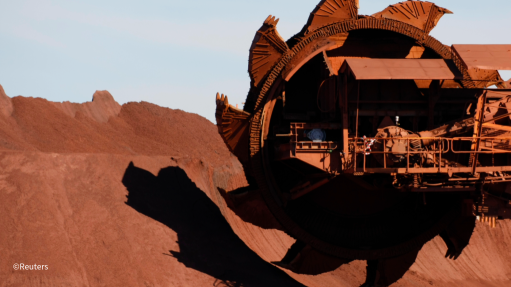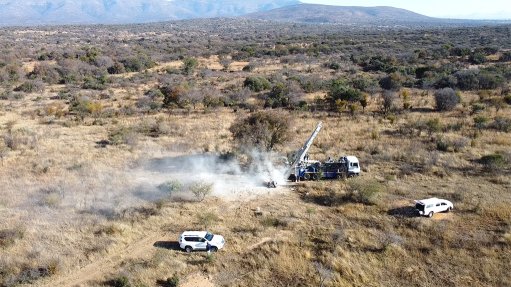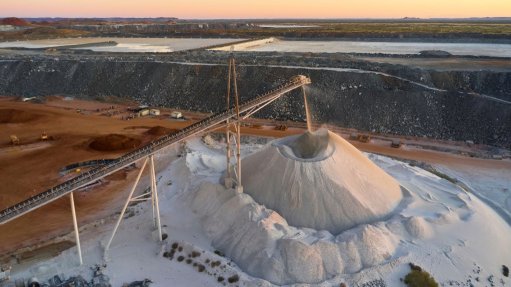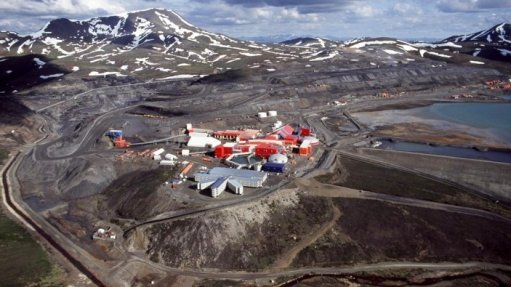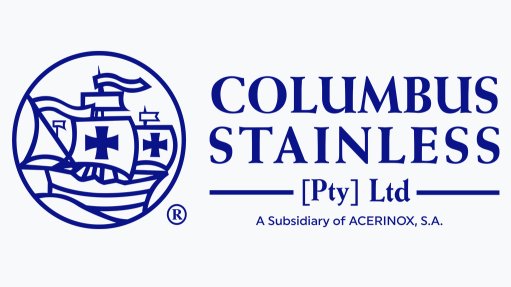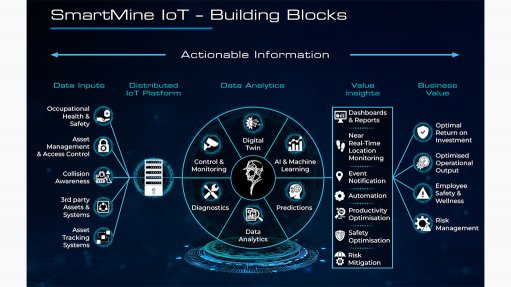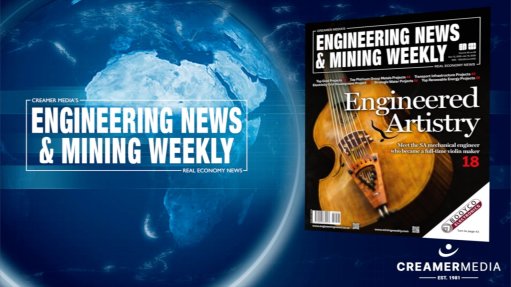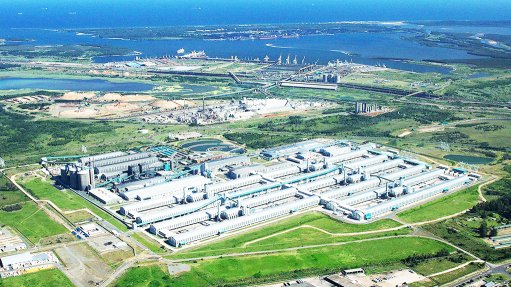South Africa needs more junior miners, Junior Indaba speakers say
With South Africa’s share of global exploration expenditure in mining having dropped below 1% in recent years, the longevity of this legacy industry in the country depends on encouraging more junior miners to discover and unlock new resources, particularly since deeper and lower-grade resources can be explored using new technology.
During a junior mining-focused discussion hosted during the Junior Indaba event on May 27, a panel of experts highlighted their respective journeys to growing their businesses despite the myriad complexities faced by emerging miners in South Africa.
DRDGOLD CEO Niël Pretorius pointed out that mining was a marathon and not a sprint type of industry, with success hinging on making companies “survivable” through prudent capital allocation, optimised orebodies and executing in accordance with capacities.
While it helped to scale mining operations during a high-price cycle, as was currently the case for gold, he emphasised the importance of not banking on continued high-price environments and being sustainable in lower cycles. He suggested that smaller companies often managed to secure existing infrastructure and repurpose or refurbish equipment, which helped to save on capital costs.
Pretorius also highlighted that companies ought to devise sustainable development strategies from the start and cater for all the relevant longer-term stakeholders beyond shareholders, including communities and employees.
He also mentioned that underperforming companies often failed owing to divisions operating out of sync, hence DRDGOLD’s focus on integrated thinking across the organisation.
Pretorius summarised his company’s ethos towards junior mining as being premised on patience, perseverance, prayer and planning.
Botswana Diamonds MD James Campbell illustrated the example of the Karowe diamond mine, in Botswana, which was considered “too small and low grade” in the 1960s but, with modern exploration technology and dedication, the mine had grown under different leadership to produce more than 4.7-million carats and $2.3-billion in revenue over the past ten years.
He added that Karowe had yielded six diamonds weighing more than 1 000 ct each, including a massive 2 488 ct diamond.
Campbell explained that during the 2000s, older kimberlites started being explored using newer technology and fresh exploration approaches, which ultimately found higher grades for many deposits across Botswana.
Campbell stressed that there were always variances in risk appetite, capital estimates, mine design philosophy, project economics, approaches to financing, hurdle rates and decision-making processes across companies and that there was no “one size fits all” approach for emerging miners to scale operations.
He emphasised the importance of synergistic corporate and financial agendas between joint venture partners, strong relationships with stakeholders and exploring different pricing methodologies.
On the technical side, Campbell said too small bulk samples often led to deficiencies in diamond size frequency distribution and value modelling, and that miners often did not consider qualitative information during the evaluation process of projects.
On a personal level, Campbell said emerging mining companies must develop “thick skins” and not get discouraged over media criticism or legal challenges posed by opponents.
He also mentioned that companies needed to be prepared to run with minimal overheads and no personal income for several months, if not years.
Importantly, he advised junior miners to engage with the best technical experts they could find, especially those that embraced new technology such as AI and those that had in-country knowledge and established relationships in a foreign jurisdiction.
Ndalamo Resources CEO Shammy Luvhengo, meanwhile, underscored his passion for the mining industry, which was only discovered once he worked in the banking sector for many years.
He motivated for the right partnerships to understand the market and build technical knowledge.
Ndalamo’s business started by buying existing assets from larger mining companies and extracting value from resources more optimally, including by producing multiple products.
“You can build something by knowing the inefficiencies in the system. What junior companies do well is understand how the system works with all its imperfections,” he added, mentioning that Ndalamo’s partnership with Glencore as a trader of coal helped the company gain access to export coal markets.
Luvhengo said a large benefit that junior mining companies had was the reduced timeline for decision-making, compared with large corporates.
“Bigger companies tend to need a wider timeframe for approvals and decision-making, which becomes risky in a cyclical industry. Listed entities also have more regulatory requirements that cost money.”
The experts agreed that while starting a mining operation could be complex and challenging, it could be done sustainably, responsibly and successfully with the right mindsets, technology and partners.
Article Enquiry
Email Article
Save Article
Feedback
To advertise email advertising@creamermedia.co.za or click here
Press Office
Announcements
What's On
Subscribe to improve your user experience...
Option 1 (equivalent of R125 a month):
Receive a weekly copy of Creamer Media's Engineering News & Mining Weekly magazine
(print copy for those in South Africa and e-magazine for those outside of South Africa)
Receive daily email newsletters
Access to full search results
Access archive of magazine back copies
Access to Projects in Progress
Access to ONE Research Report of your choice in PDF format
Option 2 (equivalent of R375 a month):
All benefits from Option 1
PLUS
Access to Creamer Media's Research Channel Africa for ALL Research Reports, in PDF format, on various industrial and mining sectors
including Electricity; Water; Energy Transition; Hydrogen; Roads, Rail and Ports; Coal; Gold; Platinum; Battery Metals; etc.
Already a subscriber?
Forgotten your password?
Receive weekly copy of Creamer Media's Engineering News & Mining Weekly magazine (print copy for those in South Africa and e-magazine for those outside of South Africa)
➕
Recieve daily email newsletters
➕
Access to full search results
➕
Access archive of magazine back copies
➕
Access to Projects in Progress
➕
Access to ONE Research Report of your choice in PDF format
RESEARCH CHANNEL AFRICA
R4500 (equivalent of R375 a month)
SUBSCRIBEAll benefits from Option 1
➕
Access to Creamer Media's Research Channel Africa for ALL Research Reports on various industrial and mining sectors, in PDF format, including on:
Electricity
➕
Water
➕
Energy Transition
➕
Hydrogen
➕
Roads, Rail and Ports
➕
Coal
➕
Gold
➕
Platinum
➕
Battery Metals
➕
etc.
Receive all benefits from Option 1 or Option 2 delivered to numerous people at your company
➕
Multiple User names and Passwords for simultaneous log-ins
➕
Intranet integration access to all in your organisation



